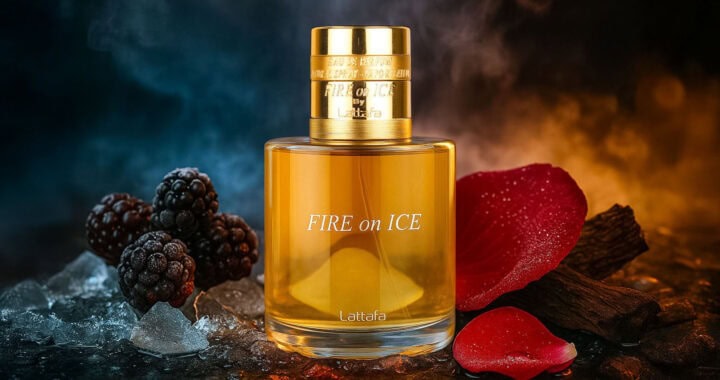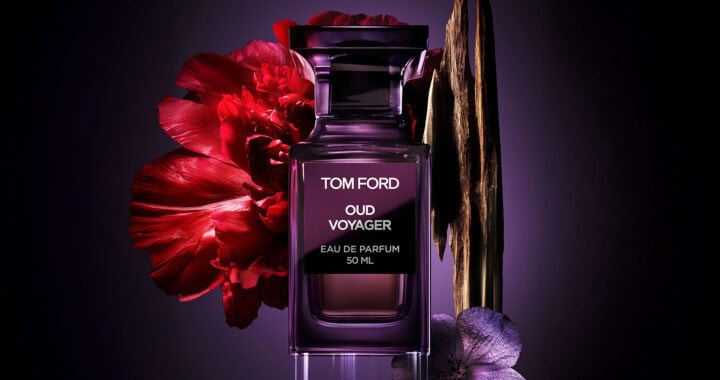The Aromatic Charm of Basil in Perfumery: From Harvest to Iconic Scents
Basil, with its fresh, herbaceous, and slightly spicy aroma, has carved out a distinctive niche in the world of perfumery. Traditionally associated with culinary delights, basil brings an unexpected and refreshing twist to fragrances, adding a green, crisp quality that can uplift and energize a scent. This exploration delves into how basil is transformed from a fragrant herb into a key ingredient in perfumes, the art of blending it with other notes, and some of the most iconic fragrances that feature basil prominently.
The Journey of Basil from Herb to Perfume
The transformation of basil from a culinary herb to a fragrant component in perfumes involves a careful extraction process designed to capture its unique aromatic properties. The scent of basil is characterized by its fresh, green, and slightly peppery notes, which add a lively and invigorating quality to fragrances.
- Steam Distillation: The most common method for extracting basil essential oil is steam distillation. Fresh basil leaves are harvested and subjected to steam, which releases the volatile aromatic compounds. As the steam cools and condenses, the essential oil is separated from the water, resulting in a vibrant, aromatic oil that captures the essence of basil’s fresh, green scent.
- Cold Pressing: Although less common, cold pressing can also be used to extract basil oil, especially when a fresher, more delicate aroma is desired. This method involves mechanically pressing the basil leaves to release their natural oils, which are then collected and used in perfumery to impart a crisp, green freshness to fragrances.
- CO2 Extraction: For a more refined and pure basil essence, CO2 extraction is sometimes employed. This method uses supercritical carbon dioxide to extract the aromatic compounds without the use of heat, preserving the true character of basil’s scent. The result is a clean, pure oil that retains the full spectrum of basil’s fresh, slightly spicy aroma.
Blending Basil in Perfumery
Basil’s fresh, green, and slightly spicy aroma makes it a versatile ingredient in perfumery. It can be blended with a wide variety of fragrance families, adding a crisp, lively quality that enhances the overall composition.
- Citrus and Herbal Blends: Basil’s fresh and green notes pair beautifully with citrus fruits like lemon, bergamot, and grapefruit. This combination creates an uplifting and energizing fragrance that is perfect for warm weather or daytime wear. Acqua di Parma’s Blu Mediterraneo Cedro di Taormina is a fine example, where basil is blended with lemon and petitgrain, resulting in a bright, zesty scent with a herbal twist.
- Floral and Green Accords: When combined with floral notes such as lavender, jasmine, or rose, basil adds a fresh, green contrast that balances the sweetness of the flowers. This blend creates a more nuanced and sophisticated fragrance, perfect for those who appreciate a subtle interplay between herbal and floral notes. Jo Malone’s Basil & Neroli showcases this blend, where basil’s crisp freshness complements the delicate sweetness of neroli, creating a fragrance that is both elegant and refreshing.
- Woody and Spicy Compositions: In woody or spicy fragrances, basil can introduce a green, aromatic quality that tempers the intensity of the base notes. When paired with cedarwood, sandalwood, or spices like clove and cinnamon, basil adds a vibrant freshness that makes the fragrance more dynamic and layered. Tom Ford’s Italian Cypress uses basil to add a fresh, herbaceous layer to its rich, woody composition, resulting in a scent that is both bold and invigorating.
- Aquatic and Fresh Scents: Basil’s crisp, green aroma is also well-suited to aquatic fragrances, where it can enhance the freshness and clarity of marine notes. Combined with accords like sea salt, cucumber, or green tea, basil adds a natural, herbaceous quality that evokes a sense of being by the ocean or in a lush, green garden. Bvlgari’s Eau Parfumée au Thé Vert incorporates basil to complement the fresh, green tea notes, creating a light, refreshing scent with a hint of herbal complexity.
Iconic Perfumes Featuring Basil
Several perfumes have become well-known for their use of basil, highlighting its ability to add a fresh, green, and slightly spicy character to a variety of fragrance compositions.
- Jo Malone Basil & Neroli: This fragrance is a modern classic that pairs the crisp, green notes of basil with the delicate, floral sweetness of neroli. The result is an elegant, refreshing scent that captures the essence of a sunlit garden in bloom.
- Acqua di Parma Blu Mediterraneo Cedro di Taormina: In this bright, citrusy fragrance, basil adds a fresh, herbal twist to the zesty notes of lemon and petitgrain. The combination creates a vibrant, invigorating scent that is perfect for summer.
- Tom Ford Italian Cypress: A bold and dynamic fragrance, Italian Cypress uses basil to add a green, aromatic layer to its rich, woody base. The basil note tempers the intensity of the woods and spices, making the fragrance both refreshing and sophisticated.
- Bvlgari Eau Parfumée au Thé Vert: This light, refreshing fragrance combines basil with green tea and citrus notes to create a scent that is both uplifting and calming. The basil adds a subtle herbal complexity that enhances the overall freshness of the perfume.
A Fresh Perspective on Basil in Perfumery
Basil, with its fresh, herbaceous, and slightly spicy aroma, offers a unique and invigorating character that has become increasingly popular in modern perfumery. Its versatility allows it to blend seamlessly with a variety of fragrance notes, from citrus and floral to woody and aquatic. Whether used to add a lively twist to a citrus composition, balance the sweetness of florals, or introduce a green freshness to woody and spicy scents, basil plays a crucial role in creating perfumes that are both dynamic and refreshing. Iconic fragrances like Jo Malone’s Basil & Neroli and Tom Ford’s Italian Cypress demonstrate the enduring appeal of basil, proving that its aromatic charm is as captivating in perfumery as it is in the culinary world.
Love this fragrance? Share your thoughts! Your vote helps other perfume lovers discover new favorites. Rate it now and make your mark!
Click on a star to rate it!
Average rating 0 / 5. Vote count: 0
No votes so far! Be the first to rate this post.










